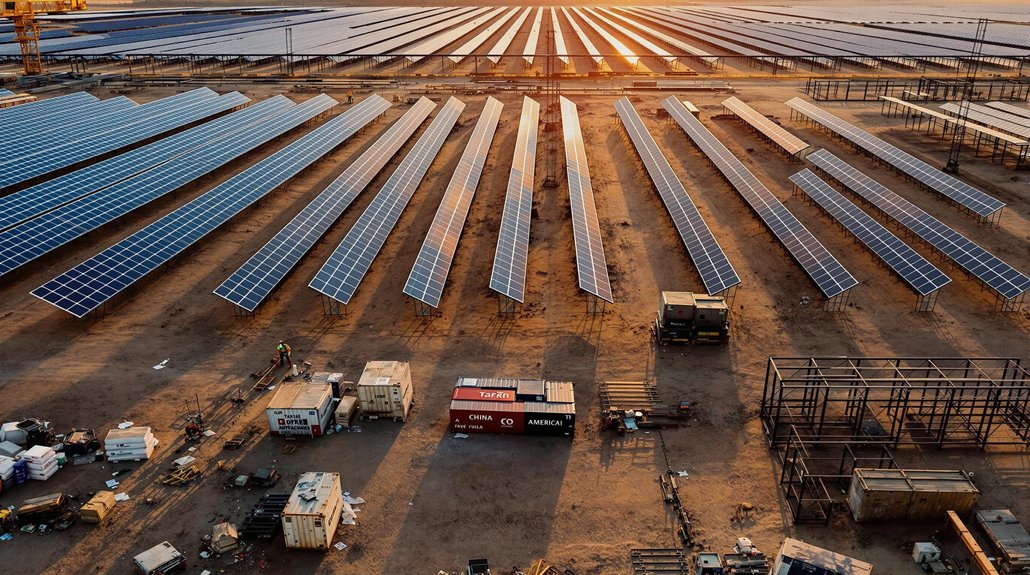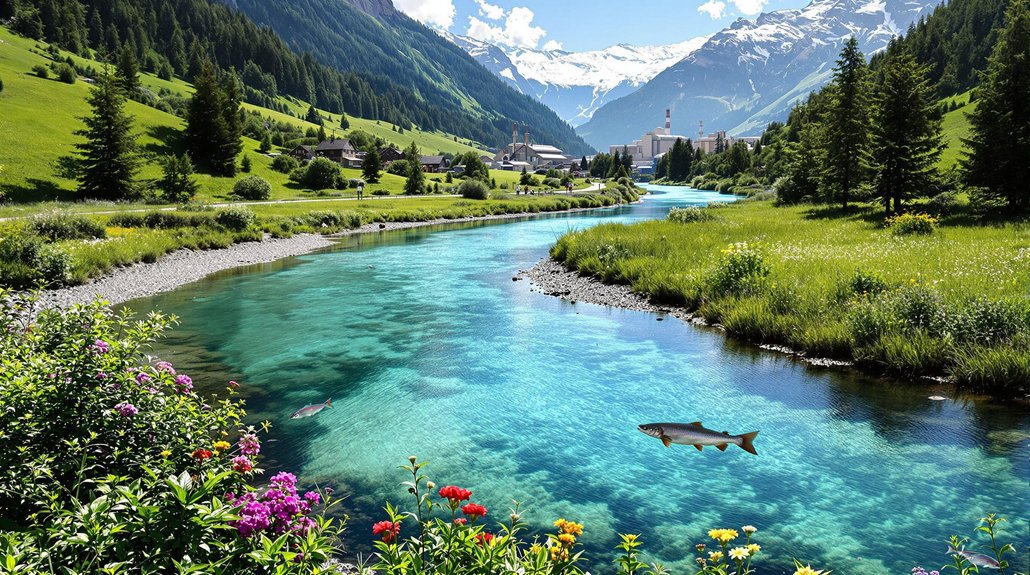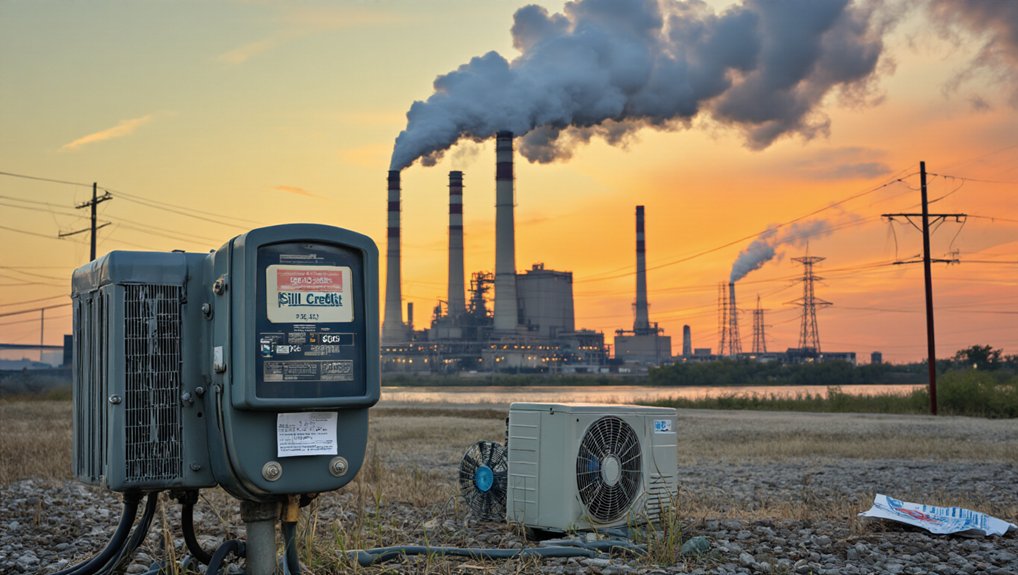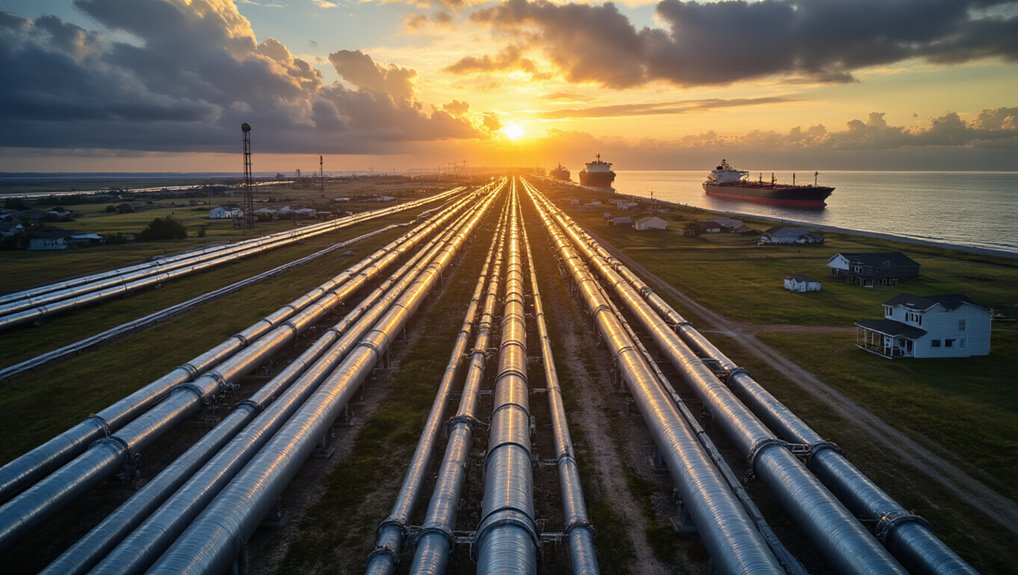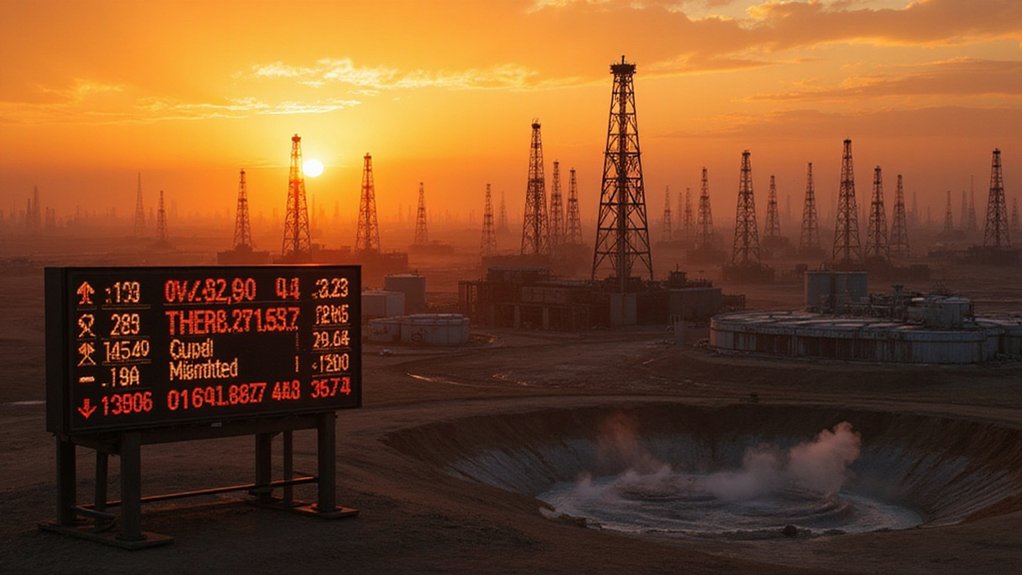American renewable companies are stuck between a tariff and a hard place. With 10% levies on Chinese solar panels and batteries, plus proposed 50% tariffs on components, costs are skyrocketing. China dominates 80% of solar manufacturing and most battery production. Companies are scrambling to find alternatives in Southeast Asia and India, but let’s face it—escaping China’s supply chain completely? Nearly impossible. The climate clock keeps ticking while executives sweat over impossible math.
While one administration championed a clean energy revolution at home, another quickly erected trade barriers that threaten to derail it. Recent tariffs slapped on Chinese clean energy imports—10% on solar panels, batteries, and wind turbines, with a proposed 50% on solar cell inputs—have created quite the pickle for American companies.
Add in the 25% tariffs on Canadian and Mexican steel and aluminum, and you’ve got yourself a genuine mess.
The problem? China makes 80% of the world’s solar panels and three-quarters of all lithium-ion batteries. American companies can’t just snap their fingers and replicate that manufacturing capacity overnight. The solar sector is especially vulnerable with acute supply chain issues affecting project timelines and costs. Shocking, right?
China dominates clean tech manufacturing, and America can’t build that capacity with the wave of a magic wand.
These tariffs are hitting the US clean energy industry where it hurts. Higher costs. Supply chain headaches. Slower deployment. Jobs at risk. Despite this setback, the renewable energy sector globally employs 13.7 million people and continues to grow. All while the administration claims they’re boosting domestic manufacturing and reducing foreign dependence. Talk about mixed messages.
China hasn’t exactly taken this lying down. They’ve retaliated with 15% tariffs on US coal and LNG exports, 10% on crude oil and agricultural machinery, and export controls on critical rare earth metals.
They’re also redirecting their clean tech exports to friendlier markets. Smart move on their part.
The economic fallout isn’t pretty. American consumers and businesses face higher prices, with potential inflation of 2-3%. The annual cost to the US economy? A cool $30-50 billion. Uncertainty is killing investment decisions too. Similar to how energy customers get caught in the price cap trap, renewable companies find themselves stuck between rising costs and limited alternatives.
Companies are scrambling to adapt. They’re diversifying supply chains, investing in automation, and pouring money into R&D to maintain a competitive edge. Manufacturing hubs are popping up in Southeast Asia and India.
But these solutions take time—something the climate crisis doesn’t have in abundance.
The debate rages on. Protectionism versus free trade. Energy security versus climate goals. Meanwhile, the clock ticks, and renewable energy projects sit in limbo, caught in a tariff trap with no easy escape.
